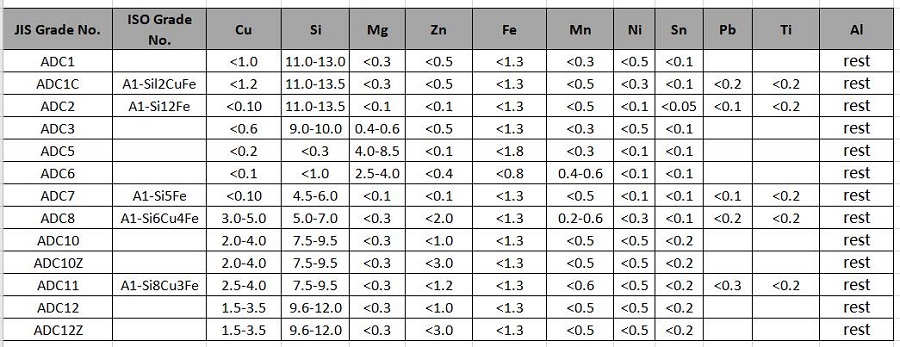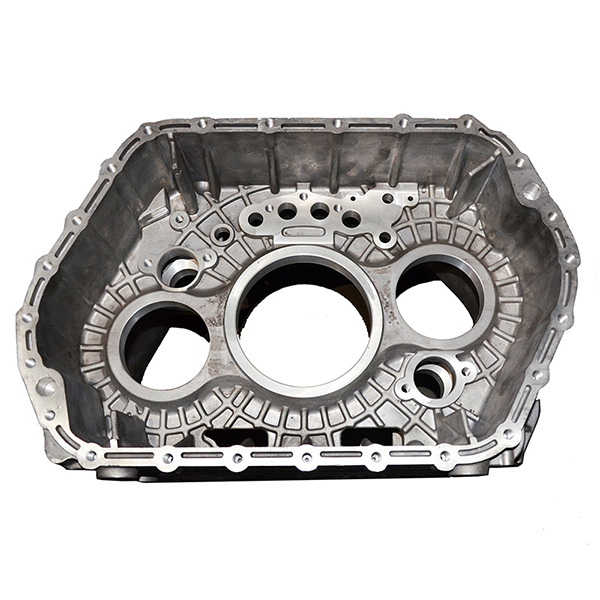The usual pressure during die casting is 20-120MPa, and the initial filling speed is within the range of 0.5-100m/s. Therefore, high pressure and high speed are the fundamental difference between die casting method and other casting methods, and are also its important characteristics.
Due to the development of pressure casting, vacuum die-casting, oxygen-added die-casting, semi-solid die-casting, dual-shot punch die-casting and steel metal die-casting have appeared and developed. In addition, the application of new technologies such as soluble core and ultrasonic in die casting not only expands the application scope of die casting, but also shows the broad prospects of die casting production.
The main trends of die casting development in the future are:
1. The die-casting machine should be serialized, large-scaled, automated, and developed to a flexible processing unit;
2. Die-casting molds should develop new materials used to increase service life and new die-casting mold surface treatment technologies to reduce costs;
3. Die-casting technology adopts vacuum die-casting, oxygen-filled die-casting, slow injection and semi-solid die-casting, extrusion die-casting and other new technology of non-porous die-casting, and extensive use of concurrent engineering (CE) and rapid prototyping technology (PM) in die-casting production To speed up the market response speed and improve the quality of castings.


 русский
русский



